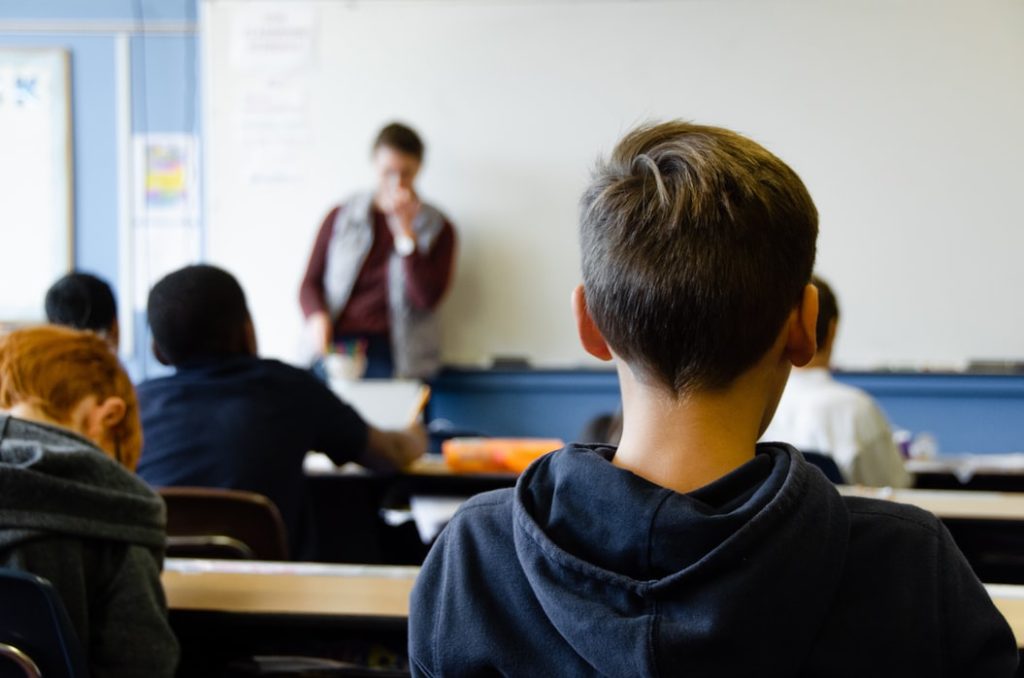Practice 2: Present New Material Using Small Steps

In this first subsection of Strand 1, participants will understand the importance of presenting new information in small steps and explore an overview of this practice through the Gradual Release Framework (specifically addressing “focused instruction” and “guided practice”).
Rosenshine’s study of effective teacher practice identified that the most successful teachers recognize their students’ limitations of working memory and, consequently, break down the material in appropriate pieces per grade and developmental levels (Sherrington, 2019). As stated before, each new piece of information is paired with opportunities for students to practice the new skill or content with the ability to reference several models.
As a result, it is a valuable use of time for teachers to closely examine their curriculum materials and participate in collaborative conversations to determine the best method and/or points of breaking key concepts down. An example of this process is commonly found in teaching, or coaching, sports; whereas a basketball coach first addresses “fundamental” skills before running specific plays and ballet students will learn several isolated components of a dance, then practice, before putting the entire routine together (Sherrington, 2019). The same process is a strong practice in classroom instruction. Educators can benefit from the teaching of Visible Learning and attempt to “see” classroom instruction from the perspective of students (Hattie, 2017). A check in this process is to ask: If I were seeing this for the first time, would it makes sense to me?

Another example to assist educators in presenting material in small steps is to adapt a Gradual Release of Instructional Responsibility Framework, also referred to as an Explicit Instructional Model, as well. Please read the following supplemental article, which briefly presents this concept.
Supplemental Article: https://pdo.ascd.org/lmscourses/pd13oc005/media/formativeassessmentandccswithelaliteracymod_3-reading3.pdf
Now that we have presented new material and concepts, it is time to pause and practice…
Rosenshine (2012) found that the most effective teachers gave more time for asking questions, checking for understanding, and using more worked examples. These instructional moves are all embedded in the Gradual Release Framework. Please drag and drop the following descriptors (on the right) to the appropriate phase/label (embedded within the photo)…
Practice in Action – Please watch the video embedded on the following site using the following link below:
http://www.acpsk12.org/pl/coachs-cuts/gradual-release-model/

Choose a skill or concept that you teach and break it down into the four phases (or chunks) of the Gradual Release Framework. Please write a brief description of your learning targets at each phase…
Please click the button below for a poster you can use in your classroom.
Please continue to Practice #4: Provide models…

